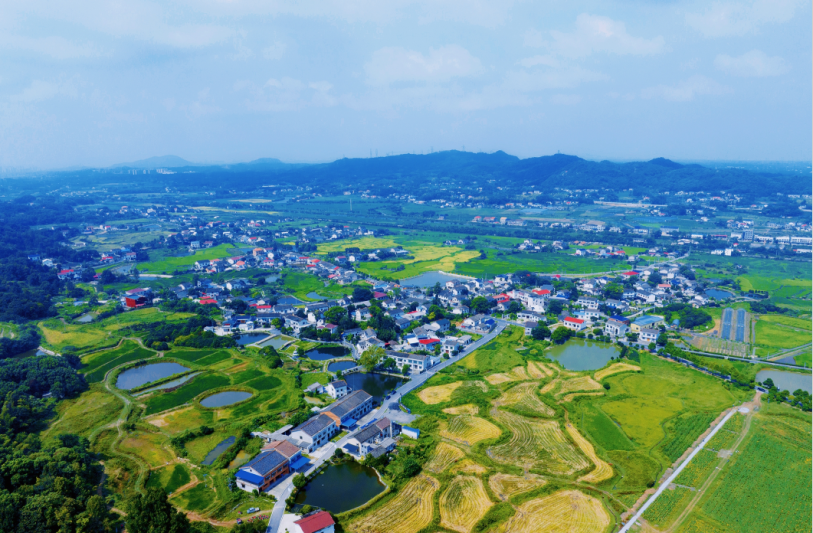
Yu Kongjian was a famous Chinese landscape architect. He became internationally known for creating the “Sponge City” concept. This idea was officially adopted in China to help solve problems like urban flooding. Instead of relying only on concrete pipes and channels to quickly drain rainwater away, the Sponge City approach uses nature to absorb, store, and clean water naturally. Professor Yu believed cities should work like sponges, soaking up rain during wet periods and using it during dry times.
Yu’s philosophy was shaped by his deep respect for nature. He described his design approach as “Big Foot” aesthetics, which values healthy, functional, and productive landscapes over purely decorative ones. He argued that working with nature, rather than against it, was the wisest strategy. For him, the goal was to create a harmonious relationship between land and people. His concept was not just for a single city but could be applied across entire regions, leading to the idea of a “Sponge Planet”.
The Sponge City model uses various nature-based methods. Parks, wetlands, green roofs, and permeable pavements allow rainwater to seep into the ground. This helps reduce flooding, refills groundwater supplies, and cleans polluted water. Well-known projects designed by Yu’s firm, Turenscape, include the Qunli Stormwater Wetland Park in Harbin and the Yanweizhou Park in Jinhua. These parks are not only useful for managing stormwater but are also beautiful public spaces, showing that ecology and art can be combined successfully.
Sponge City concept is a significant contribution to sustainable urban development worldwide. It offers a smart, nature-based solution to the challenges of climate change and urban growth. His vision encourages us to rethink how we design our cities to be more resilient, sustainable, and in balance with the natural world.
原创编写 版权所有 侵权必究! 每日更新 个性化阅读 英语飙升!




 更多优质学习内容
更多优质学习内容



